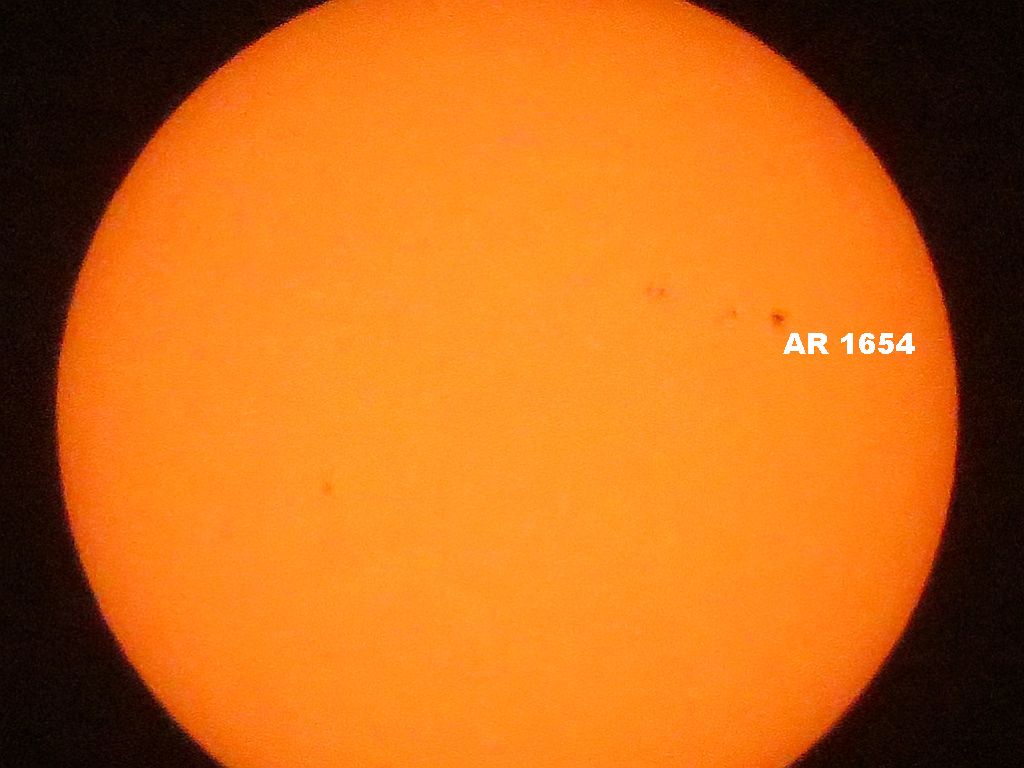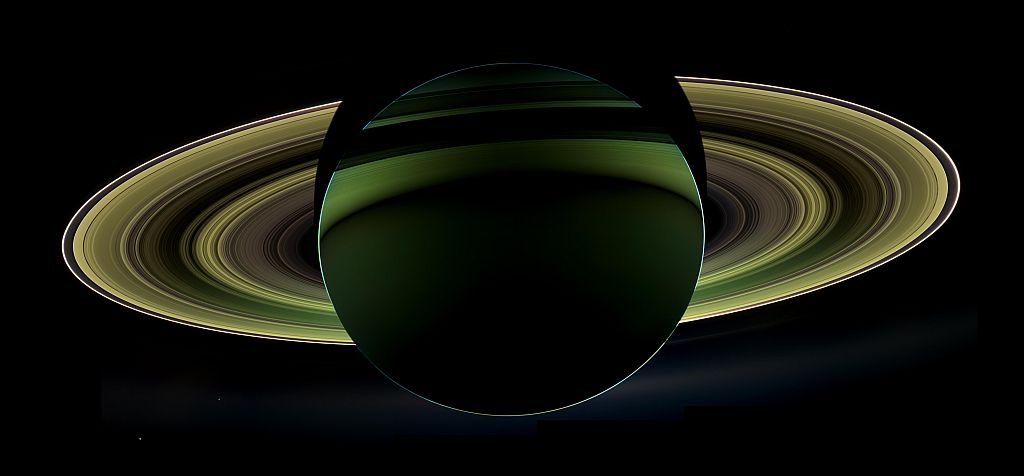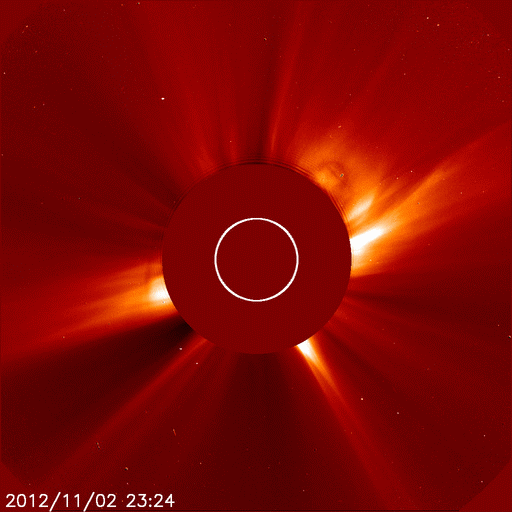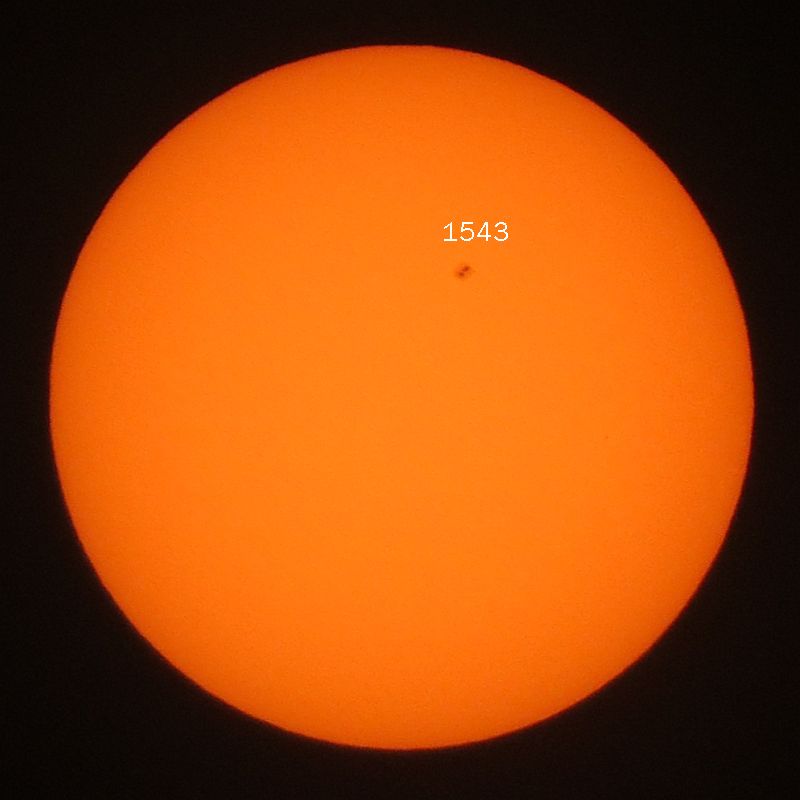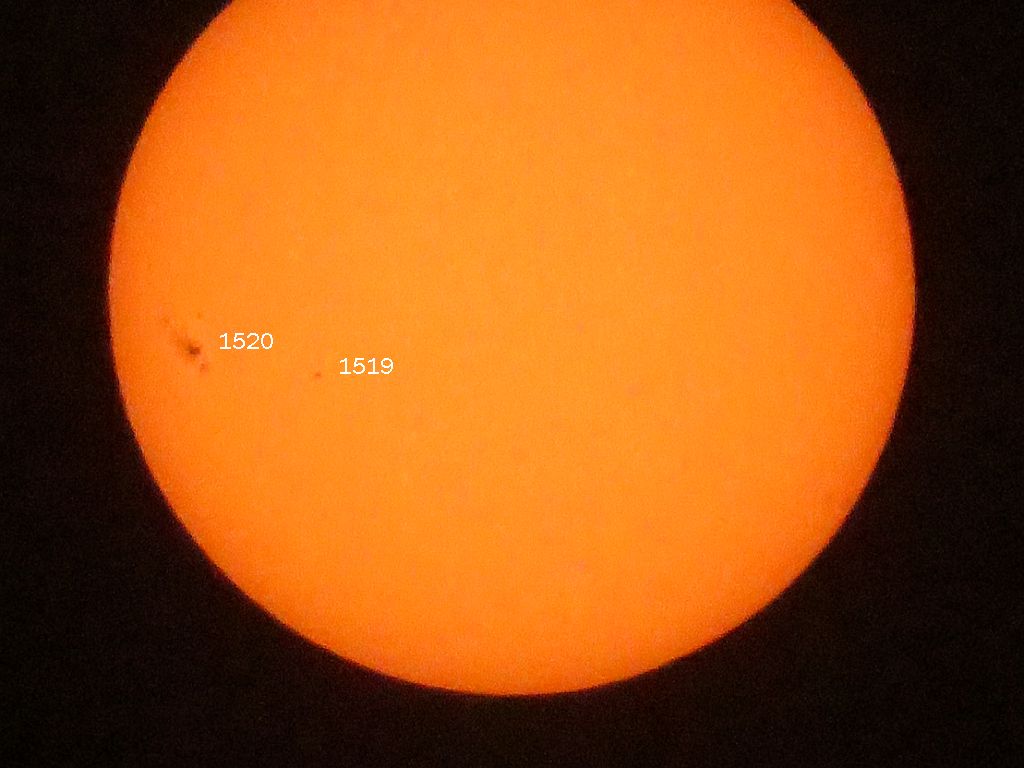I stepped out into the courtyard today and took this image of the sun. There are several sunspots that my modest solar camera can resolve today, including AR 1654 which could erupt according to SpaceWeather.com:
CHANCE OF FLARES: So far today, solar activity is low. However, that could be the calm before the storm. The magnetic field of big sunspot AR1654 has grown more complex. It is now classified as a ‘beta-gamma-delta’ magnetic field, which means it harbors energy for X-class eruptions.
If you follow the X-class eruptions link it takes you to a NASA site wherein flare classes are defined. There is a neat little three minute video there, that expands on the classification of solar flares. Click on the image to enlarge.

